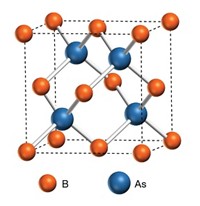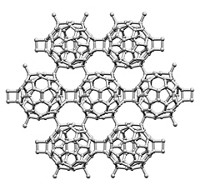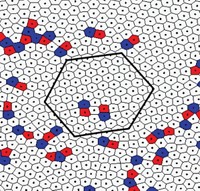Advertisement
Grab your lab coat. Let's get started
Welcome!
Welcome!
Create an account below to get 6 C&EN articles per month, receive newsletters and more - all free.
It seems this is your first time logging in online. Please enter the following information to continue.
As an ACS member you automatically get access to this site. All we need is few more details to create your reading experience.
Not you? Sign in with a different account.
Not you? Sign in with a different account.
ERROR 1
ERROR 1
ERROR 2
ERROR 2
ERROR 2
ERROR 2
ERROR 2
Password and Confirm password must match.
If you have an ACS member number, please enter it here so we can link this account to your membership. (optional)
ERROR 2
ACS values your privacy. By submitting your information, you are gaining access to C&EN and subscribing to our weekly newsletter. We use the information you provide to make your reading experience better, and we will never sell your data to third party members.
Physical Chemistry
Squeezing The Opacity Out Of Sodium
Under extreme pressure, sodium metal becomes optically transparent and transforms into a dielectric insulator
by Rachel A. Petkewich
March 16, 2009
| A version of this story appeared in
Volume 87, Issue 11
Under extreme pressure, sodium metal becomes optically transparent and transforms into a dielectric insulator. The transformation goes against normal physical expectations, according to the international team of physicists who report the discovery (Nature, DOI: 10.1038/nature07786). Deciphering the fundamental properties of highly compressed matter is important for understanding stars and giant planets. Yanming Ma of Jilin University, in China, and collaborators used diamond-anvil cells to condense sodium samples approximately fivefold, which forced the deep-core electrons in the samples' atoms to overlap, collapsing the metallic structure. At atmospheric pressure, sodium is silver in color, opaque, and exhibits a body-centered cubic packing structure. The team observed that sodium samples exposed to 2 million atmospheres (~200 GPa) of pressure first turned black and then became transparent. Combining spectroscopic and X-ray diffraction data collected from the dense samples with computational data, the researchers determined that the new transparent phase has a six-coordinate, highly distorted double-hexagonal close-packed structure. They attribute the insulating properties "to p-d hybridizations of valence electrons and their repulsion by core electrons into the lattice interstices." The researchers also suggest that other elements or compounds may exhibit the same insulating phase when their core electrons are forced to overlap.





Join the conversation
Contact the reporter
Submit a Letter to the Editor for publication
Engage with us on Twitter